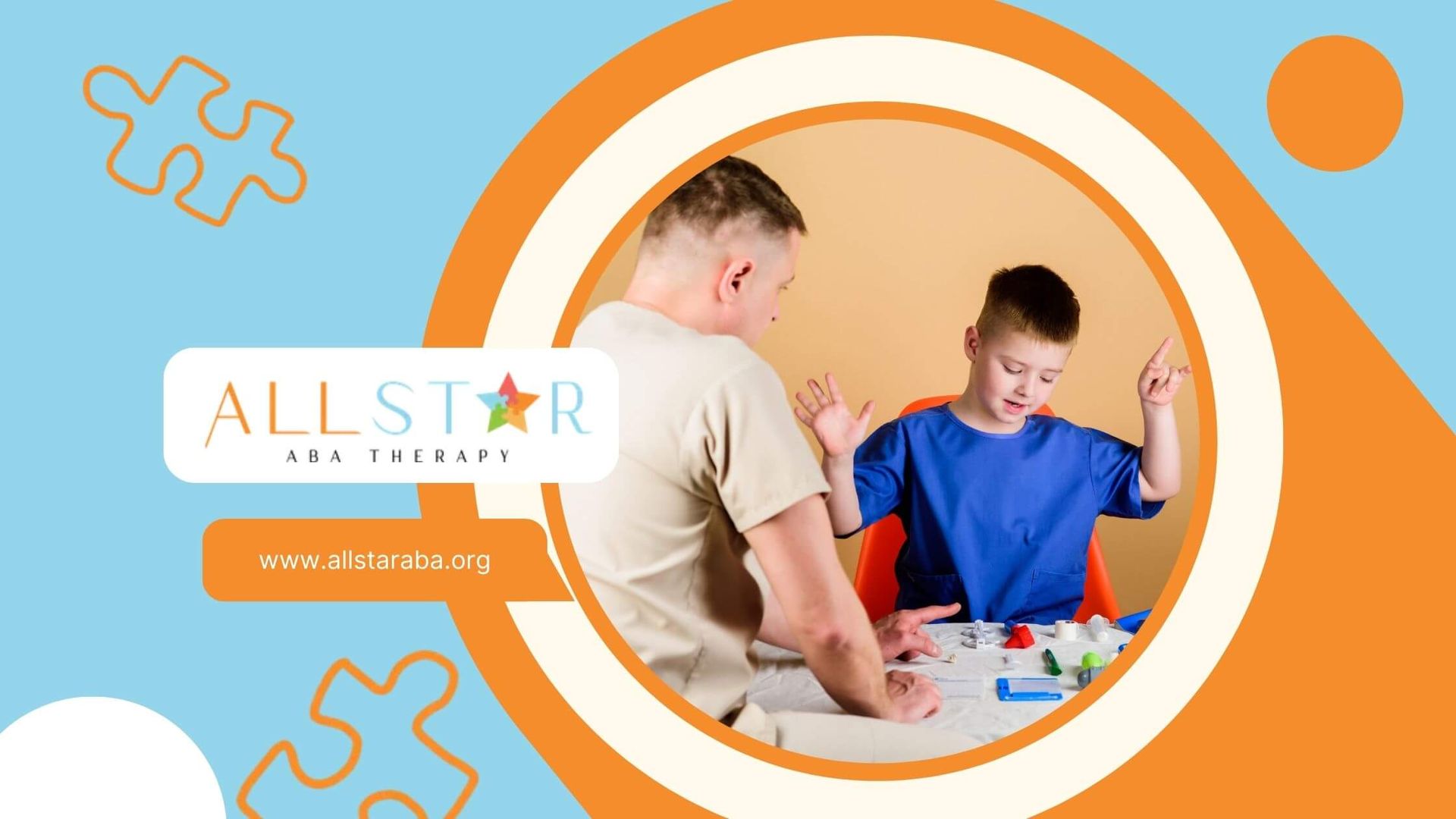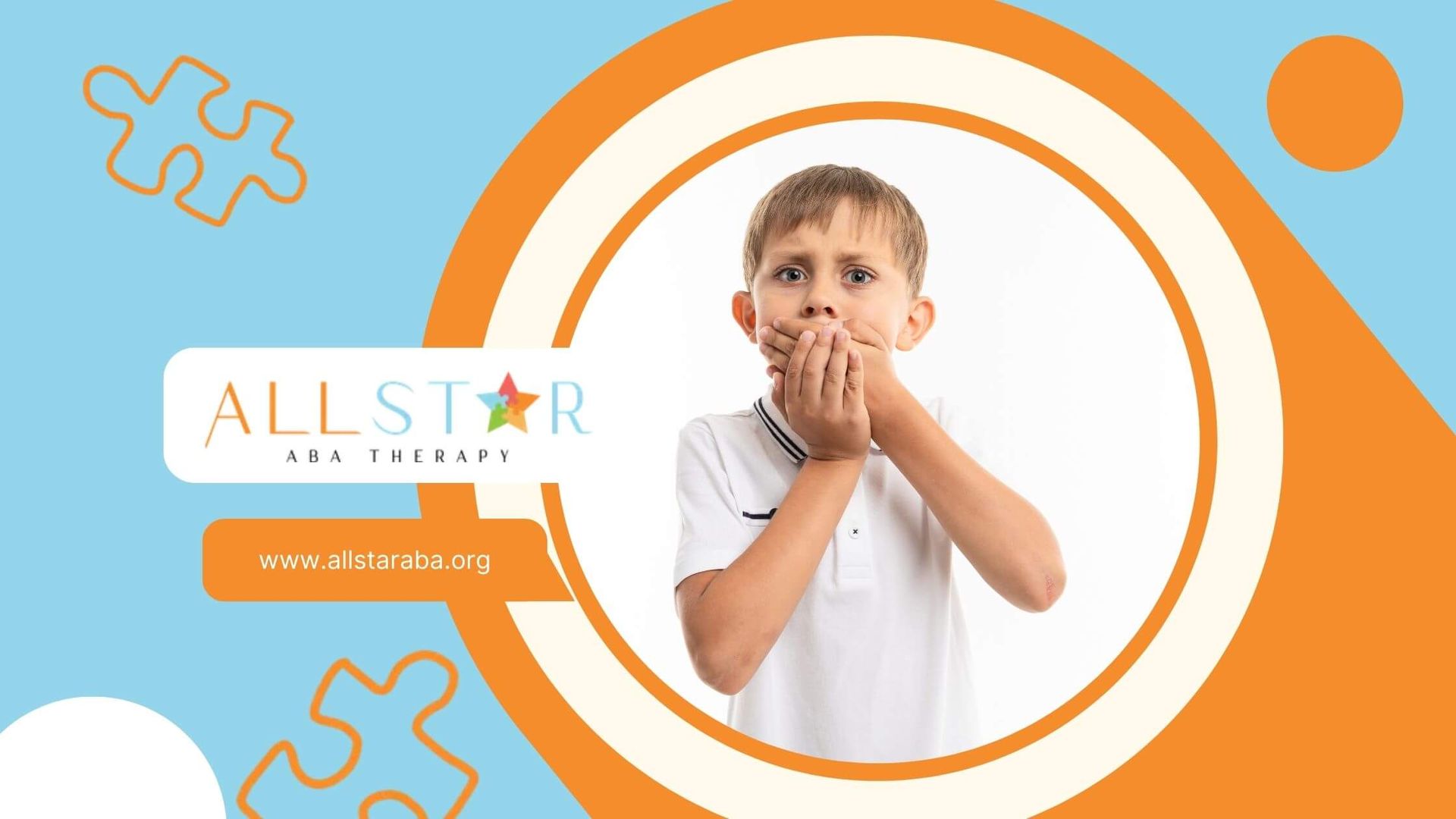New Paragraph
Revealed: The State with the Highest Autism Rate
Autism spectrum disorder is a developmental disability that affects social interaction, communication, and behavior. In the United States, the prevalence of autism has been steadily increasing over the years, with early signs of autism observable as it is now estimated that 1 in 36 children has been identified with ASD, some of whom may also have an intellectual disability. This article aims to provide a comprehensive analysis of autism rates in the U.S., highlighting the state with the highest prevalence and discussing potential contributing factors.
Overview of Autism Rates in the U.S.
Autism spectrum disorder is a complex neurodevelopmental condition that impacts individuals' social interactions, communication abilities, and behavior patterns, often related to other developmental disorders. The prevalence of autism spectrum disorder has been a growing concern in the United States, with rates showing a considerable upward trend in recent years.
The Centers for Disease Control and Prevention (CDC) plays a crucial role in tracking and analyzing autism spectrum disorder trends across the nation. Their findings provide valuable insights into the prevalence of this condition, aiding healthcare professionals, policymakers, and researchers in better understanding and addressing the needs of individuals with autism spectrum disorder and their families.
State-by-State Comparison of Autism Rates
When examining autism rates across the U.S. and countries like Saudi Arabia and the United Arab Emirates, significant variations emerge from state to state. These disparities have captured the attention of researchers and healthcare professionals, prompting investigations into potential contributing factors that may underlie these regional differences.
Several states, including New Jersey, stand out with notably high overall prevalence of ASD. As of 2024, New Jersey reported a prevalence rate of 1 in every 34 children diagnosed with autism spectrum disorder. In contrast, states like South Dakota exhibit lower prevalence rates. However, it is crucial to acknowledge that these figures may not capture the complete picture, as variations in diagnostic practices, access to healthcare, and awareness levels within communities can influence reported numbers.
| State | Autism Rate |
|---|---|
| Massachusetts | 2.42% |
| Virginia | 2.37% |
| Connecticut | 2.37% |
| New Jersey | 2.9% |
| South Dakota | Less than 2% |
Key Factors Influencing Regional Variations
Numerous factors likely contribute to the state-by-state fluctuations in autism spectrum disorder prevalence. Understanding these contributing elements is crucial for developing effective intervention strategies, allocating resources appropriately, and tailoring support services to meet the unique needs of different communities.
Research suggests that genetic factors exert a considerable influence on ASD risk, including a higher risk of autism. Studies have identified specific genes associated with a higher risk of developing the condition. Additionally, environmental factors during pregnancy and early childhood may play a role, although more research is needed to establish definitive links.
Furthermore, socioeconomic factors, access to healthcare services, and disparities among ethnic groups can impact the identification and diagnosis of autism spectrum disorder. Addressing these inequalities is vital for ensuring that all individuals with ASD, regardless of their background or geographic location, receive timely and appropriate support.
In-Depth Analysis of the State with the Highest Autism Rate
Massachusetts currently claims the highest prevalence rate for autism spectrum disorder in the United States, at an alarming 2.42%. This means that nearly 1 in every 40 children in the state are identified with autism spectrum disorder. This concerning statistic highlights the urgent need for comprehensive support systems and resources for individuals with autism spectrum disorder and their families in Massachusetts, especially given the higher rates of autism, including Rhode Island, in the state.
However, this high prevalence rate alone does not provide a complete understanding of autism in the state. Analyzing demographic data within Massachusetts, alongside considering socioeconomic factors and healthcare access disparities, is crucial for developing targeted interventions and support services that effectively address the specific needs of the autistic community in the state.
Demographic Breakdown
Examining the demographic breakdown of autism spectrum disorder in Massachusetts reveals important patterns related to gender disparity. As is consistent with national trends, autism spectrum disorder diagnoses are more prevalent among boys than girls in Massachusetts. The age at which children receive an autism spectrum disorder diagnosis typically falls within the early developmental years, highlighting the significance of early identification and intervention for improving long-term outcomes.
In terms of ethnic groups, disparities in ASD prevalence persist. Research suggests that White children in Massachusetts, as well as Black children, have a slightly higher likelihood of receiving an autism spectrum disorder diagnosis compared to other ethnicities. However, it is essential to consider potential biases in healthcare access and diagnostic practices that may contribute to these disparities.
Understanding the demographic nuances of autism spectrum disorder prevalence is essential for tailoring interventions and support programs to meet the specific needs of different communities within the state. By addressing disparities and ensuring equitable access to resources, Massachusetts can strive towards better supporting all individuals with autism spectrum disorder and their families.
Healthcare and Educational Services Available
Massachusetts offers a range of healthcare and educational services for individuals with autism spectrum disorder. Early intervention programs, often rooted in Applied Behavior Analysis (ABA) principles, are widely accessible and considered crucial for maximizing a child's developmental trajectory. ABA therapy focuses on understanding and modifying behaviors to improve social skills, communication, and daily living skills.
Educational services for autistic students in Massachusetts are tailored to meet individual needs. Schools provide Individualized Education Programs (IEPs) to create a customized learning plan that addresses specific academic, social, and behavioral goals. Additionally, many families seek support from specialized schools equipped to cater to the unique learning styles of autistic students.
Navigating the complexities of healthcare and education systems can be overwhelming for families. Thankfully, Massachusetts has numerous advocacy groups and support organizations dedicated to assisting families in accessing available resources. These organizations provide invaluable guidance, connect families with qualified professionals, and foster a sense of community among those impacted by autism spectrum disorder.
Comparison with States Having Lower Autism Rates
While Massachusetts grapples with a high prevalence of autism, states like South Dakota experience significantly lower rates. This raises questions about whether certain factors contribute to these disparities. Comparing and contrasting states with varying autism prevalence can offer valuable insights into potential contributing factors.
Investigating differences in diagnostic practices, access to early intervention services, socioeconomic factors, and even potential environmental influences could hold the key to understanding these variations. By identifying protective factors and best practices in states with lower rates, researchers and policymakers can work towards developing more effective interventions and support systems for autistic individuals and their families.
Effective Interventions and Policies
States with lower autism rates might owe their success to robust intervention programs and supportive policies. Early intervention programs, often emphasizing Applied Behavior Analysis (ABA) therapy, play a crucial role in equipping autistic children with essential social, communication, language skills, and daily living skills, leading to significant improvements in their developmental outcomes. Providing access to these programs from a young age empowers children with autism to reach their full potential while simultaneously alleviating the burden on families.
Furthermore, policies ensuring inclusive education settings and workplace accommodations for autistic individuals can significantly impact their quality of life and long-term outcomes. State legislation mandating insurance coverage for autism-related services, including therapy and support services, is essential for relieving the financial strain on families and ensuring equitable access to necessary interventions.
Here are some examples of effective policy changes:
- Expanding Medicaid coverage to include comprehensive autism services.
- Implementing mandatory autism screening for toddlers to facilitate early identification.
- Providing financial assistance to families seeking private therapy or specialized educational services.
Challenges Faced by These States
Despite having lower autism spectrum disorder prevalence, states with comparatively lower rates encounter unique challenges in providing adequate support for autistic individuals. One persistent hurdle is the high unemployment rate among autistic adults, highlighting the need for improved vocational training programs and employer awareness initiatives.
Limited availability of specialized services in rural areas is another challenge. Bridging this geographical gap in service provision is crucial for ensuring equitable access to interventions and support for autistic individuals residing in underserved regions. Telehealth services offer a promising solution by remotely connecting families with qualified professionals.
Additionally, raising public awareness about autism spectrum disorder remains essential. By promoting acceptance, understanding, and inclusion within communities, individuals with autism spectrum disorder can experience a greater sense of belonging and participation in society.
Conclusion
In conclusion, mental health is a crucial aspect of overall well-being that should not be overlooked. Taking proactive steps to care for your mental health, such as maintaining a healthy sleep routine, being mindful of your consumption habits, engaging in therapeutic activities, and cultivating a positive mindset, can significantly impact your quality of life. Remember, prioritizing your mental health is not selfish but essential for leading a fulfilling and balanced life.
At All Star ABA, we understand that behind every statistic is a family searching for real support. As the need for autism services grows, our commitment to individualized, high-quality ABA therapy in Maryland remains unmatched. We focus on meaningful progress—one child, one goal at a time. Ready to find the support your family deserves? Reach out to All Star ABA and take the first step toward impactful change.
Frequently Asked Questions
Why does this state have the highest autism rate?
The exact reasons for state-specific variations in autism rates remain unclear. However, genetic factors, potential environmental influences, and variations in diagnostic criteria and healthcare access likely contribute to these differences.
How is autism diagnosed and treated in high-prevalence states?
High-prevalence states often have greater access to diagnostic services and a broader range of treatment options. Early intervention programs, such as ABA therapy, along with tailored educational services are commonly employed.
What support systems are in place for families affected by autism?
Support systems vary by state but often include community support groups, government aid programs, and access to educational resources. Advocacy organizations play a crucial role in connecting families with available support.
Which state has the highest autism rate in the United States?
California has the highest autism rate in the United States. The state has been a focal point for autism research and services due to the high rate of autism cases reported among children.
Which state has the highest autism rate in the United States?
California has the highest autism rate in the United States. With a rate of 1 in 44 children diagnosed with autism, the state has been at the forefront of autism research, awareness, and support services.
Sources
Need Support?
We're Here to Help!
Our experienced team is ready to assist you. Reach out today to discuss how we can support your child's development and well-being.
Get started with expert ABA therapy today.








